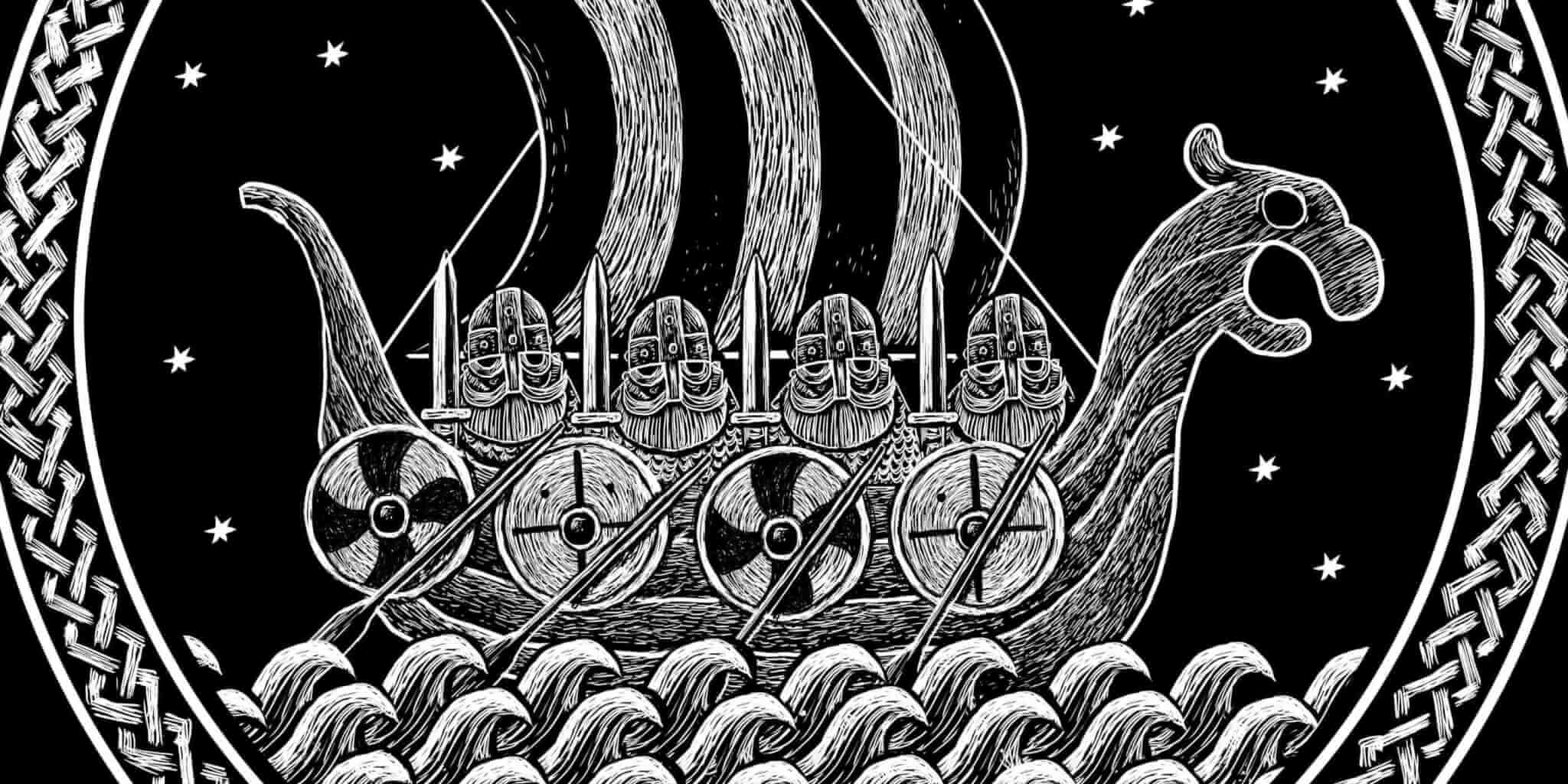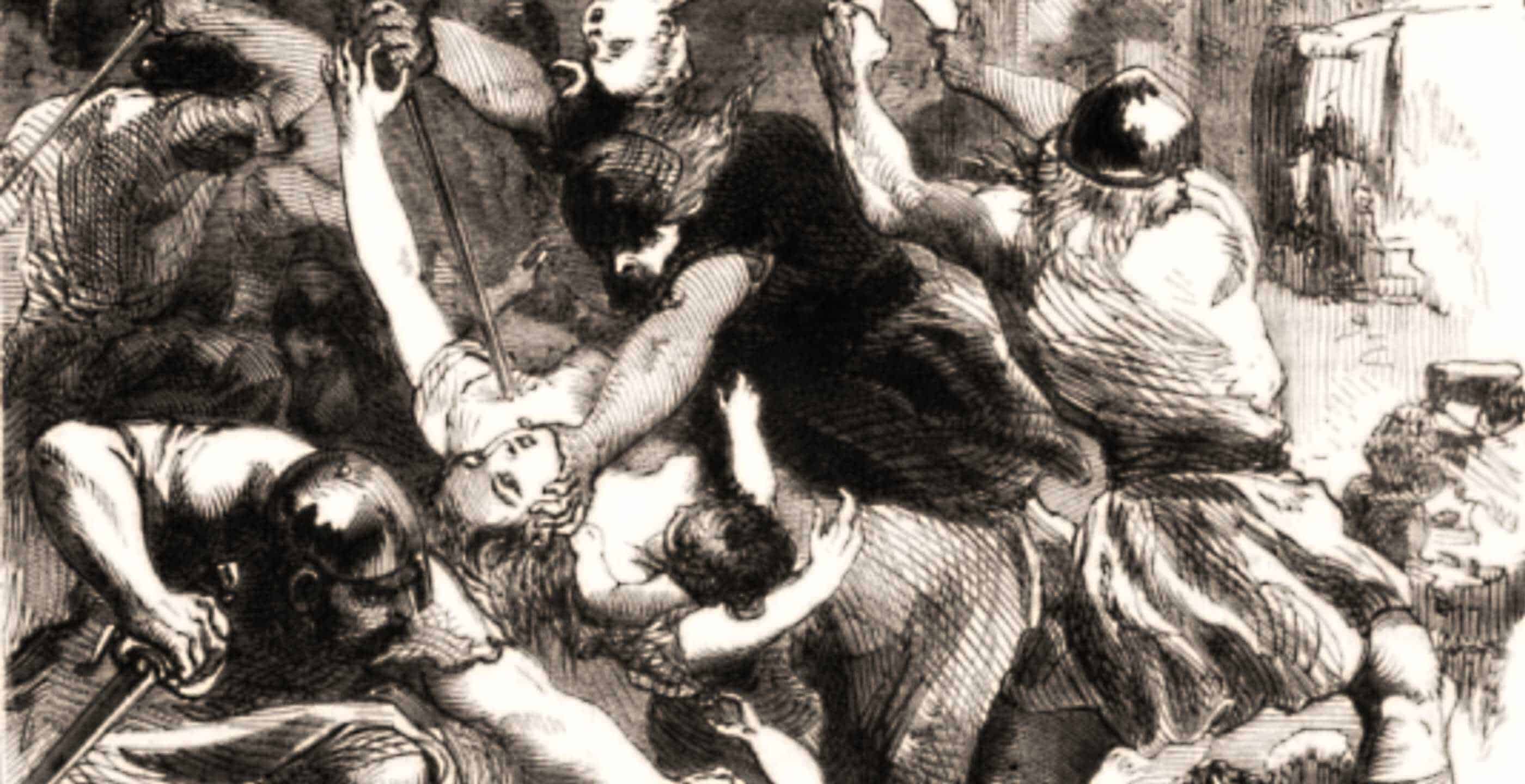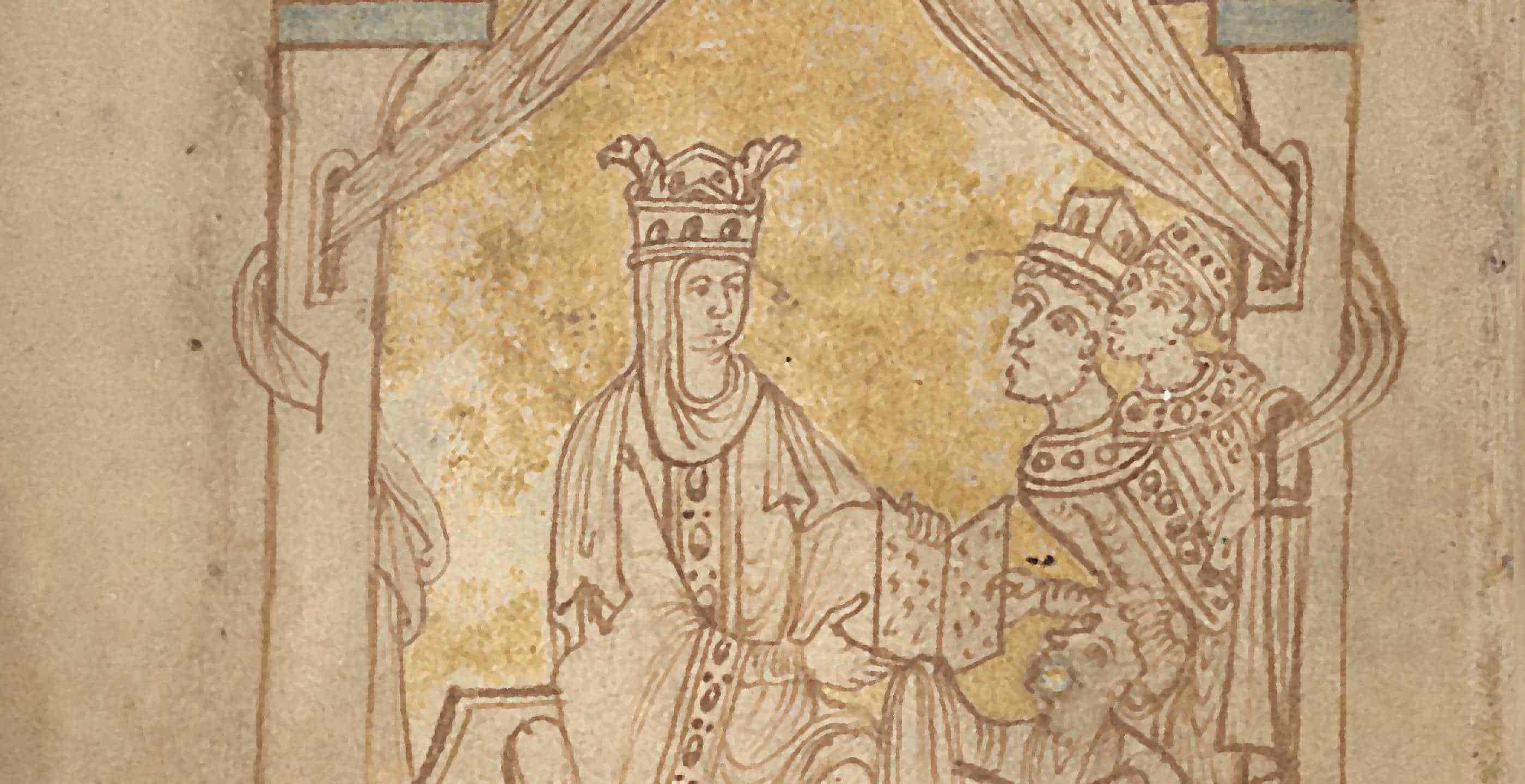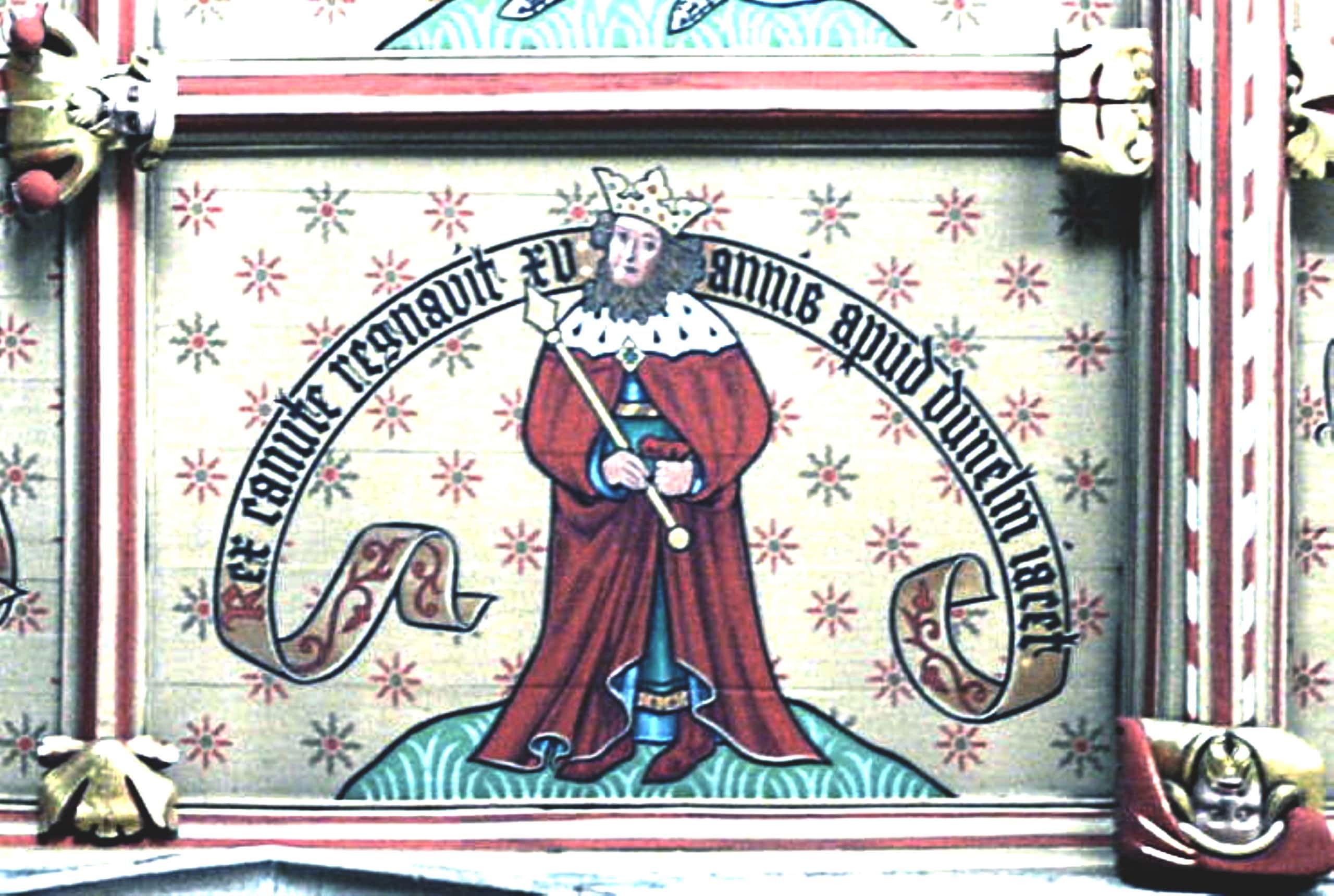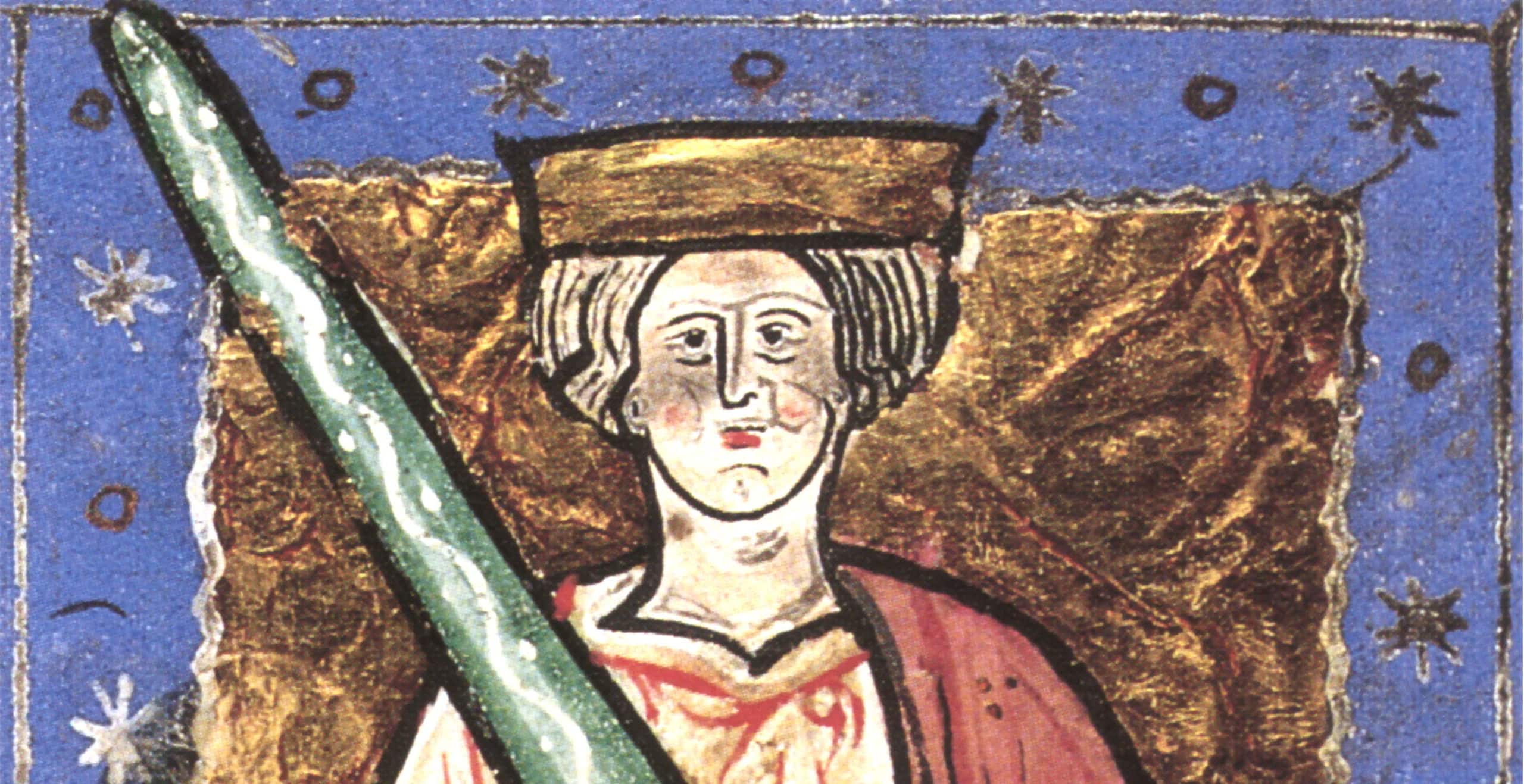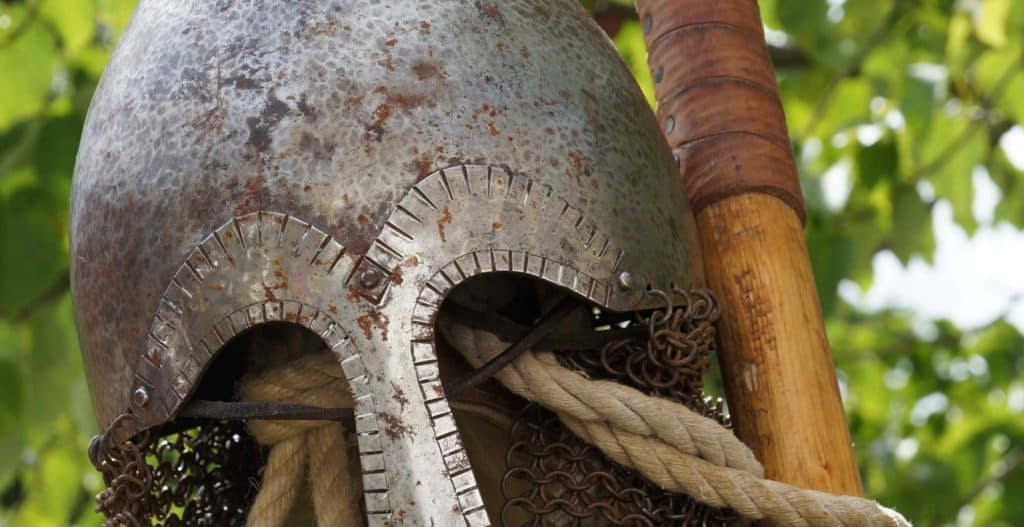Most people have heard of the Danish king of England, Canute (Cnut the Great) who according to legend, tried to command the waves.
However it was his father Sweyn (Svein) who was the first Viking king of England.
Sweyn Forkbeard, England’s forgotten king, ruled for just 5 weeks. He was declared King of England on Christmas Day in 1013 and ruled until his death on 3rd February 1014, although he was never crowned.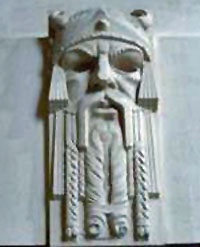
Sweyn, known as Forkbeard due to his long, cleft beard, was the son of Harald Bluetooth, king of Denmark and was born around 960 AD.
Viking warrior though he was, Sweyn was baptised a Christian, his father having converted to Christianity.
Despite this, Sweyn was a brutal man who lived in a brutal time; he was a violent warlord and warrior. He started his life of violence with a campaign against his own father: in around 986 AD Sweyn and his ally Palnatoke attacked and deposed Harald.
Sweyn then turned his attention to England and in the early AD 990s led a campaign of fear and destruction, laying waste to large areas of the country.
Ethelred the Unready (meaning ‘ill advised’ or ’no counsel’) was king of England at this time. He decided to pay Sweyn to return to Denmark and leave the country in peace, a tax which became known as Danegeld.
However this was not a terribly successful strategy and the Danes continued raiding in the north of England, albeit on a smaller scale. Some even began to settle there. Ethelred was persuaded that in order to protect England, he would have to rid the land of these Danish settlers.
On St. Brices Day, November 13th 1002 Ethelred ordered a general massacre of all Danes in England, including men, women and children. Amongst those killed was Sweyn’s sister Gunhilde.
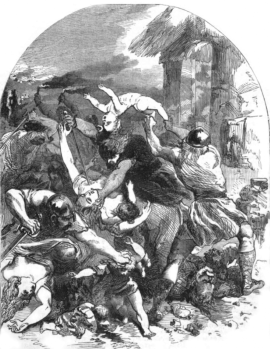
This was too much for Sweyn: he swore revenge on Ethelred and in 1003 landed in England with an invading force. His attacks were on an unprecedented scale, his forces pillaging and plundering without mercy. Such was the devastation that King Ethelred again paid off the Danes in order to gain respite for the terrified populace.
The raids continued on and off until in 1013 Sweyn returned to invade once more, landing this time at Sandwich in modern-day Kent. He rampaged through England, the terrified locals submitting to his forces. Finally he turned his attention to London, which proved more difficult to subdue.
At first Ethelred and his ally Thorkell the Tall held their ground against him but soon the people began to fear severe reprisals if they did not submit.
Disillusioned with their ineffective king, the English earls reluctantly declared Sweyn king and Ethelred fled into exile, first to the Isle of Wight and then to Normandy.
Sweyn was proclaimed king on Christmas Day 1013, but his reign lasted for a matter of weeks; he died suddenly at his capital, Gainsborough in Lincolnshire, on February 3rd 1014. Sweyn was buried in England and his body was later removed to Roeskild Cathedral in Denmark.
How he died is not certain. One account describes him falling from his horse, and another that he died of an apoplexy, but a later legend has him murdered in his sleep by St Edmund, himself martyred by Vikings in the 9th century. It is said that Edmund returned from the grave in the dead of night during Candlemass and killed him with a spear.
Footnote: Archaeologists have recently discovered human remains at Roskilde Cathedral on the site of an old wooden church, built by Harald Bluetooth. It is possible that this unidentified skeleton could be that of Sweyn.
